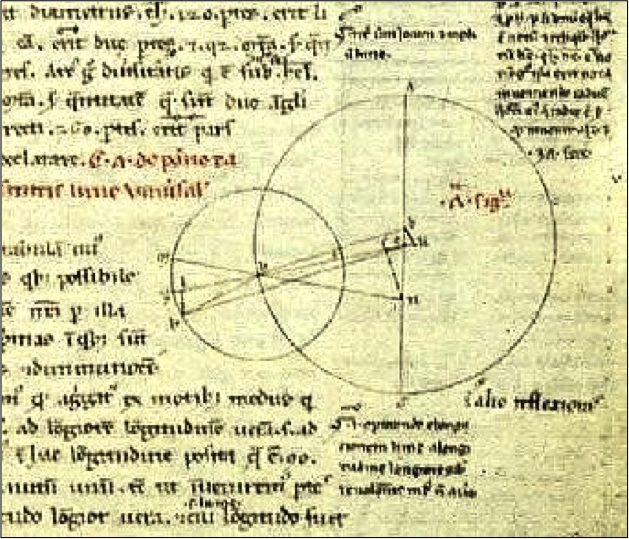|
KYSO Flash ™
Knock-Your-Socks-Off Art and Literature
|
|
|||
The Moon in Almagestby Charles D. Tarlton
“A full moon through branches of a leafless Maple,” the poet was saying, “knitting the night sky in nacreous designs, shards among the fallen leaves.” Everyone agreed that it seemed to come closer, taciturn as if it held a secret, monstrous over the tops of the mountains, and silent. How is it, we asked, that the moon and the stars stay mute? The sea and the storm rage and roar and the wind keens in the desert. The forest leaves rattle. The cities are loquacious right through the night, and the birds are singing.
know geometry
where the straight loci
circles were being drawn
Publisher’s Notes:
—From Tarlton’s full-length collection, Touching Fire: New and Selected Ekphrastic Prosimetra (KYSO Flash Press, December 2018); appears here with his permission |
|
Site contains text, proprietary computer code, |
|
| ⚡ Many thanks for taking time to report broken links to: KYSOWebmaster [at] gmail [dot] com ⚡ | |
